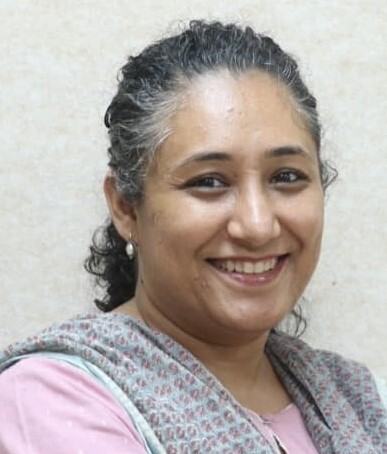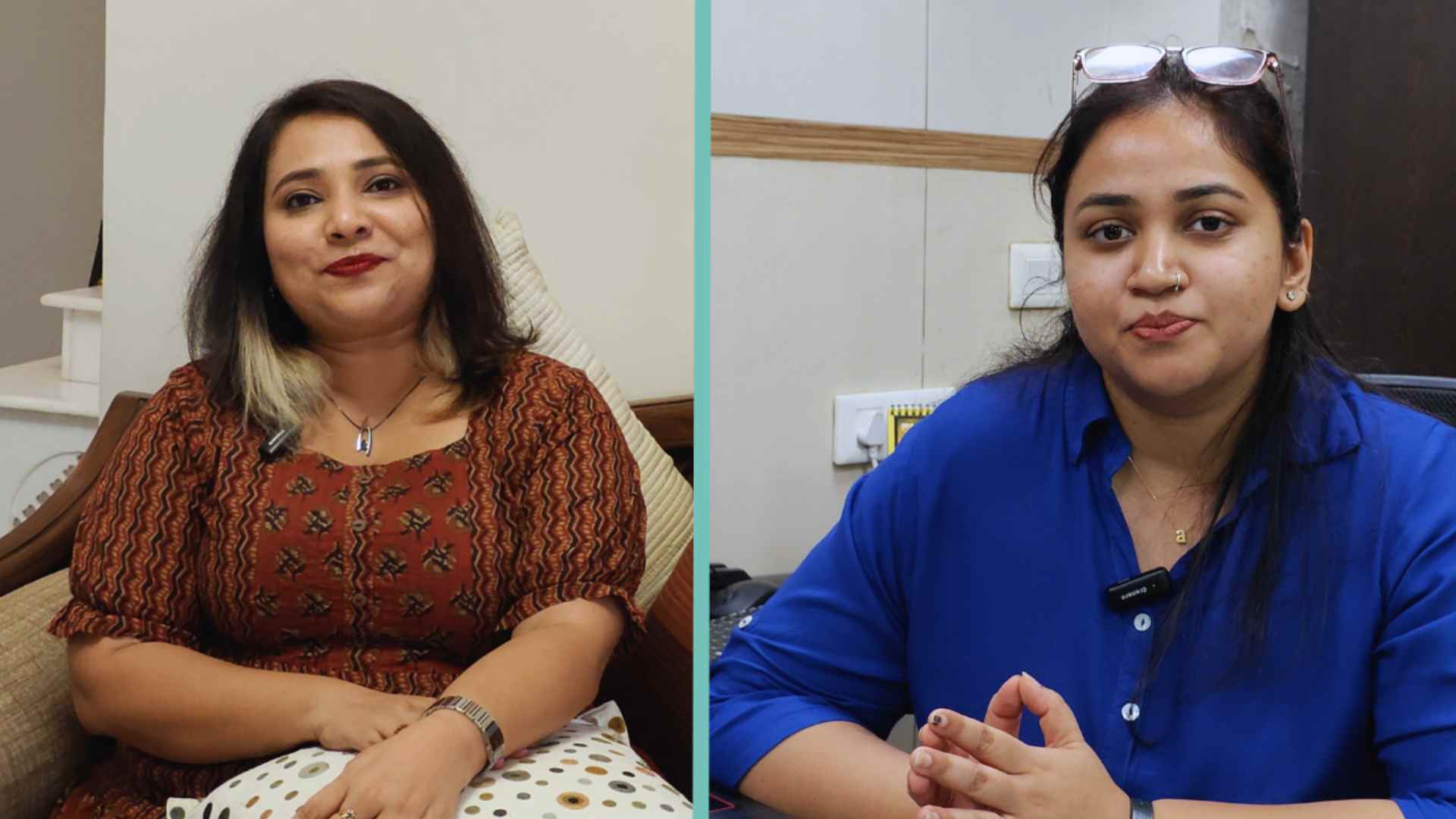Diversity, equity, and inclusion (DEI) serve as the foundation for meaningful action in the social sector. However, DEI is understood differently by different people and organisations. For instance, gender inclusion is often seen as having more cisgender women in the workplace, which is critical, particularly for sectors traditionally dominated by cisgender men. But at the same time, if we were to reimagine gender as a spectrum, how could this conversation expand?
Do conversations about DEI involve acknowledging the privileges and marginalisations that we all experience because of our diverse identities? For example, a CEO who identifies as gay may have positional power because of the former identity but also face marginalisation because of the latter. Do we talk about how these multiple identities and their intersections play out in the workspace and affect what we do as well as how we respond?
These are some of the questions we grappled with at Ummeed Child Development Center as we set out on our DEI journey. Ummeed was founded in 2001 with the vision of helping children with and at risk of developmental disabilities. Over the years, we have provided direct clinical services to children and families and conducted training programmes for professionals such as doctors, therapists, teachers, and community workers.
What sparked the DEI journey?
As an organisation working on disability, we have always maintained an implicit and deep commitment to DEI in all spaces, including the workplace. When we were a small team, many aspects of the organisation’s culture were transmitted informally and through interpersonal interaction. However, our team—which includes paediatricians, therapists, school specialists, project managers, parents, community workers, and support staff—had doubled from 55 members to approximately 110 between 2016 and 2021, and we were aiming to double again over the next few years.
With a rapidly growing team and the emergence of virtual work possibilities due to the COVID-19 pandemic, we felt the need for a more formal articulation and internal dissemination of the values that the organisation and its members should embody. The younger members of the team were especially vocal about wanting the organisation to proactively espouse the values that were important to them, and this entailed efforts towards building safe spaces where they could express their diversity and achieve their potential.
The journey
The groundwork for Ummeed’s DEI journey was laid in 2021. First, the leadership team began to engage in conversations on diversity and inclusion with the assistance of a human resources consultant and coach familiar with the workings of the organisation. This helped us develop a common understanding of inclusive leadership and served as a much-needed nudge towards committing to DEI more strongly. The conversations revealed that there were issues we weren’t noticing because we didn’t know enough about DEI. Additionally, we realised that a more deliberate approach towards DEI would benefit the children, families, and trainees we work with as well.
The key focus areas for our DEI efforts were linguistic diversity, neurodiversity and disability, and gender and sexual diversity.
The first step we took was running an all-staff survey, which sought to ascertain staff members’ perceptions about DEI in the organisation. Conducted by the Samāna Centre for Gender, Policy, and Law, the survey was offered in both English and Hindi and was completed by 88 out of the 110 staff members at the time. The findings showed what the staff thought: while the senior team’s heart was in the right place, we didn’t know how to go about being truly inclusive. Based on the survey, we were able to identify the key focus areas for our DEI efforts: linguistic diversity, neurodiversity and disability, and gender and sexual diversity.
And so, in 2022, we brought on Apni Shala Foundation—a nonprofit that offers social-emotional learning programmes—as a value-aligning partner to support our DEI journey. Apni Shala’s engagement enabled us to honour the intentions that already existed within our organisation and incorporate them into systems and frameworks that would support its future journey.
Our conversations helped set systemic transformation as the goal to work towards, with personal transformation framed as the pathway to it. This was based on the understanding that systems are built by people and thus every individual has a role to play in effecting system-wide change. From the beginning, it was made clear that Ummeed’s entire leadership team would need to proactively participate in the sessions carried out by Apni Shala. This was done to ensure that the leadership team plays an active role in this learning journey and channels their positional power into bringing about equity, justice, inclusion, and belonging for all.
Apni Shala’s intervention consisted of two phases. First, orientation sessions were conducted with all staff members. In these sessions, everyone had the opportunity to explore their personal experiences with identity, power, and marginalisation through the lens of language, neurodiversity and disability, gender and sexual orientation, and other forms of diversity. These sessions were offered for cohorts of 25–30 participants each in a language they were comfortable with.
Post the orientations, a total of 30 volunteers across all levels of the organisation participated in the next phase of the intervention: seven deep-dive training sessions on the identified focus areas. The sessions were conducted once a month for seven months at an off-site location.
There were a few key strategies that the Apni Shala team used during the deep-dive sessions. For example, in the work setting, power is situated in different places, and no honest conversation about DEI can happen without locating this power and understanding the role it plays. Apni Shala’s sessions addressed this power differential by calling it out upfront, designing norms for in- and out-of-session engagements that account for the distribution of power, forming intentional groups for conversations and group activities, and facilitating discussions from an intersectional lens.
Another strategy that Apni Shala deployed was the use of the serial testimony protocol, in which speaking time was evenly distributed within a group, irrespective of the positions held by its constituent members. This offered a platform to individuals who are otherwise conditioned to stay quiet due to a lack of privilege. The practice was so effective in letting everyone’s concerns be heard that it has been carried forward to present-day staff meetings at Ummeed.
Apni Shala’s intervention ended in May 2023. Following this, 22 of the 30 members who participated in the deep-dive sessions volunteered to be part of groups that would look at Ummeed’s policies, processes, programmes, and systems over the next one to two years to ensure their alignment with the principles of DEI.

The roadblocks
1. Keeping the organisational piece in focus
Although the Apni Shala team was certain that fostering personal journeys would lead to an organisational overhaul, some people were uncertain about the time this would take. The Apni Shala team acknowledged their concerns, provided reassurance, and offered the space in every session to talk about what that day’s discussion might mean for Ummeed as an organisation. This helped present a clear connection between the personal transformation work being conducted and the needs of the organisation.
2. Convincing the naysayers
While most of the Ummeed team—especially those in the cohort—were onboard for the journey, there were a few who expressed surprise at the time being dedicated to these sessions and questioned what this would ultimately amount to. This was understandable given that the outcome of the work felt intangible: how does one measure and report personal transformation?
Thus, Ummeed’s leadership team took on the responsibility of re-emphasising the organisation’s commitment to DEI and sharing the ‘small wins’ that were already taking place because of the engagement. By the end of the sessions, nobody reported it as a waste of time and approximately 75 percent of the cohort signed up to use their personal transformation to help bring about organisational change.
3. Funding the exercise
Making a deliberate effort to develop strong DEI practices within the organisation is not a cost-free endeavour. Given that donors generally focus on external work and are rarely willing to fund internal capacity building, only a few long-term funders supported this initiative; the rest was covered using Ummeed’s savings. We hope that DEI is seen as an important stepping stone for building resilient organisations by funders and is considered either for standalone support or as part of programmatic funding.
4. Bringing marginalisations to the fore
The deep dives made participants more aware of their personal experiences in relation to identity and marginalisation and contributed to a growing need for internal mental health support. We had to consider, therefore, how to effectively support individuals who were navigating these transformative personal journeys. Further, there were cases where a team member’s manager was not a part of the deep-dive cohort. So, when the team member would take back their learnings to the manager, the latter was not always receptive or encouraging. The conversation about how to properly handle such challenging situations is still ongoing.
What emerged because of a deeper engagement with DEI?
Although we believe there is still more work to be done, here are a few tangible examples of what our DEI efforts have led to:
- Teams within the organisation started recruiting staff with diverse identities, including a person with visual impairment, a person with muscular dystrophy, a person with multiple disabilities, and a gender-nonconforming person.
- To ensure the integration of new team members, the human resources department has started actively checking for accommodation needs (for example, screen readers and desk adjustments) with all new staff during recruitment.
- All staff communications at the organisation are now offered in two languages: English and Hindi.
- In line with the motto “Nothing about us, without us”, self-advocates are being invited to conduct sensitisation and awareness sessions for all staff. For example, a session on blindness was conducted with the help of a visually impaired staff member from within Ummeed and a self-advocate from outside the organisation.
- Existing infrastructure is being made more accessible. For instance, the organisation has gender-neutral and wheelchair-accessible washrooms and the height of the reception desk has been lowered so that it is wheelchair-friendly and doesn’t serve as a visual barrier for the children the organisation works with.
- Job descriptions and policies are being reviewed by the organisation to ensure that they are inclusive for all.
- The organisation’s website is being designed to be bilingual and accessible (such as alt text for image descriptions, zoom-in and zoom-out features, colour change availability, and voice recognition activation).
- A process for internal mental health support for staff members is being put in place as a long-term measure.
What lies ahead?
In the near future, we hope to update our website to explicitly state our commitment to DEI. We had held off on this thus far because we wanted to first ensure that our internal culture and practices are capable of providing an inclusive and equitable environment for the entire team.
We would like Ummeed to become a place where everyone can be who they are. While this can be supported internally, the organisation needs to contend with more than just the outlook of the staff who constitute it. For example, there have been times when the children and parents who come to us have refused to see a particular therapist because they may appear a certain way. This is a societal bias that we as an organisation have to navigate, and we don’t have the answers to everything. But we don’t want to be an island either and would like our learnings (and unlearnings) to spread. In this way, there can be more spaces where each of us can be their most authentic version at all times.
*Rohit Kumar, CEO of Apni Shala, contributed to this article.
—
Know more
- View this map to learn how diversity, equity, and inclusion intersect to promote belonging.
- Read this article on building a disability-friendly workspace.







